How Does Quartz vs Quartzite Compare For Kitchen Countertops?
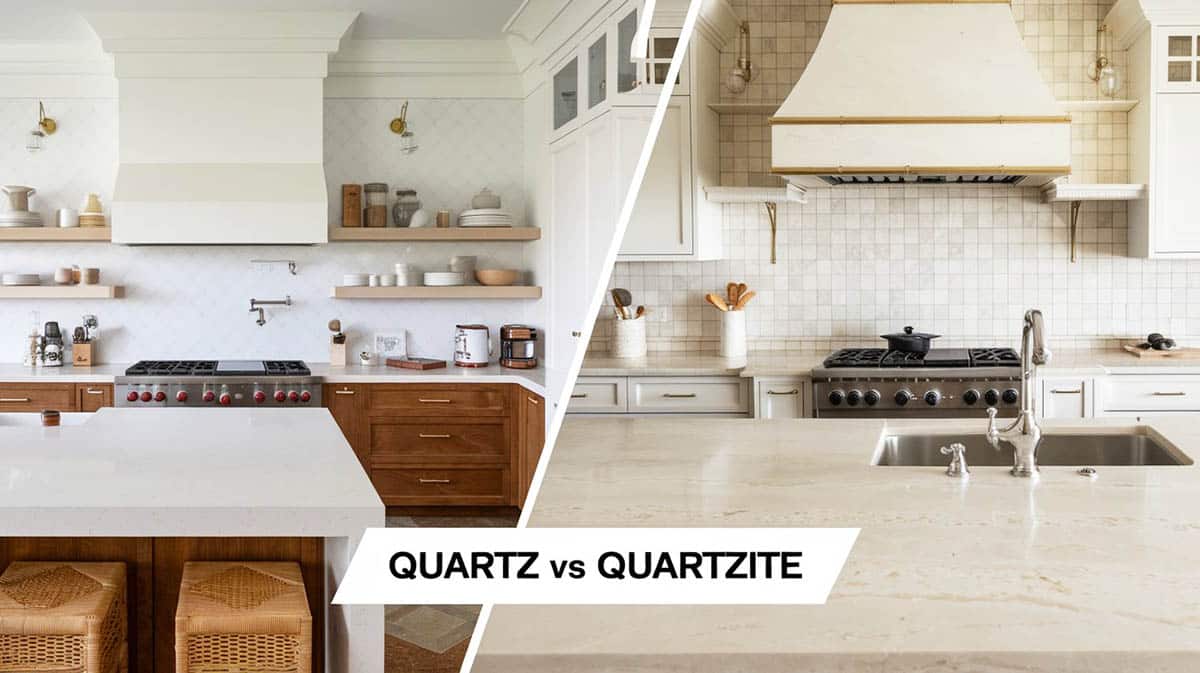
Quartz and quartzite are known to be two of the most high-end countertop materials in the market. Both are derived from quartz-rich rocks, so it is easy to confuse one for the other because their names sound very much alike. Even some retailers use them interchangeably. The truth is that these two materials are very different, and many factors make them unique.
Suppose you are designing a kitchen and deciding what to use between the different countertop materials. In that case, it is best to know how they vary in appearance, composition, durability, maintenance, and cost. Below, we give you our guide on quartzite countertops, along with some detailed comparisons between the different qualities of quartzite vs quartz countertops to help you decide which material is the best for your home.
What Is Quartzite?
Quartzite is a naturally occurring metamorphic rock created when sandstone with high quartz content is subjected to high heat and extreme pressure. It is known to be one of the densest natural stone materials in the world, making it an extremely durable construction material. It is characterized by a glassy appearance that resembles marble. Its luxurious appearance makes it one of the most highly desired countertop materials on the market.
How Are Quartzite Countertops Made?
This mined stone is mined and sawn into slabs. These slabs are then precisely cut, polished, and sealed to preserve their beauty and ensure durability. Finished countertops are typically coated with polyurethane, wax, or acrylic.
Difference Between Quartz and Quartzite
The biggest difference between quartz and quartzite is that the latter is a natural stone, while quartz is a man-made material. Both materials contain the same quartz crystals which give them a distinct sparkly appearance, but the way they are produced is extremely different. Quartzite is formed beneath the Earth’s surface when a quartz-rich sandstone is subjected to a natural process involving high heat and pressure exposure.
Quartz, on the other hand, is formed using a man-made process that binds crystals with different materials like pigments, bits of glass, and a binding agent like resin. It is molded and baked into slabs in a factory. Since it is artificially made, it is sometimes called an “engineered stone.”
While this may be its greatest difference, other characteristics distinguish the two. Let’s take a closer look at the comparisons of quartz vs quartzite:
Material composition. As mentioned, quartzite comprises all-natural components and 90 to 99 percent quartz grains. Conversely, quartz comprises a combination of natural and artificial components, such as ground or loose natural quartz, natural silicon dioxide, coloring agents (pigments), a binding agent (polymer resin), and bits of glass.
Only 90 to 94 percent of quartz is natural and mined from the earth; the remaining 6 to 10% is man-made polymer and resins.
Appearance. The material makeup and composition of these materials give them their distinct appearances. They also have notable stylistic differences which makes their beauties unique from each other.
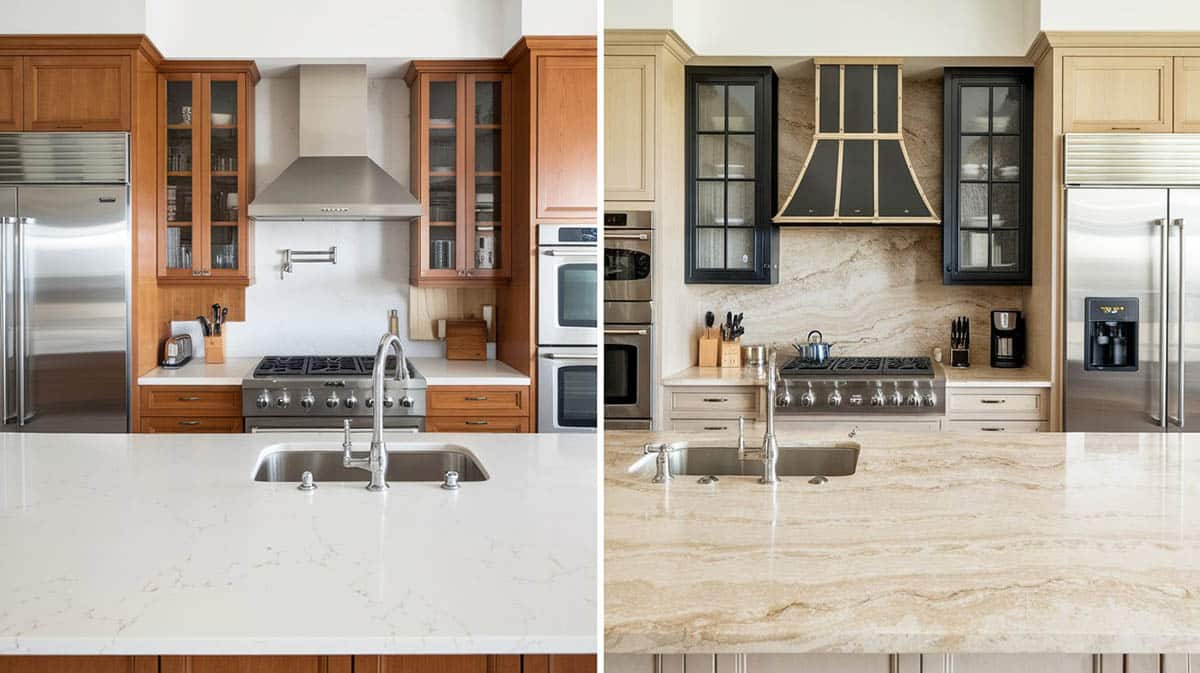
Quartzite’s appearance is characterized by a delicate veining pattern and striations which are almost similar to other natural stones. In fact, it is often mistaken for marble or granite. Its appearance is more natural, and the “movement” of the pattern is more organic. Because it is natural, every slab is unique.
Quartz is engineered to mimic the look of other stones. It can be made to look like granite, marble, or soapstone. It is also offered in a wide variety of colors and designs. The pattern is also more uniform and consistent. Read more about engineered quartz countertops here.
The bottom line here is that if you prefer natural stone, quartzite is your choice, while if you have a more specific color and pattern in mind, then quartz is your best bet.
Color. Quartzite comes in limited colors – typically in a white or light gray base with pinkish hues, gold accents, and reddish-brown undertones. Quartz countertops, on the other hand, come in a wide variety of colors and designs.
Because it is engineered and pigment can be added during its production, it can be customized into different shades and can be made into a single solid color.
Customization. Since quartz is man-made, customization is relatively easy compared to quarried natural stone countertops.
Countertop Maintenance. One of the biggest advantages of quartz over natural stone countertops is the ease of maintenance. On the other hand, like any natural stone, quartzite requires more care, whereas quartz needs little to no maintenance.
You need to seal and reseal quartzite one or two times per year to protect its surface from staining and to prevent liquid from penetrating into it. Proper sealing will ensure that your quartzite countertop will last longer.
Quartz, on the other hand, is easier to maintain. It does not need sealing, and you can clean it quickly using a damp cloth. One important thing to remember though is to avoid abrasive cleaners for both countertop materials.
Durability and Hardness. Another big difference between quartz vs quartzite is the durability, resilience and hardness of each material. Quartzite is harder than granite, which makes it very durable.
It can withstand heat very well, so you do not have to worry about damage from hot pots and pans. However, this natural stone is susceptible to staining, but this can be addressed through the use of stone sealers.
Quartz is hard and durable, too, but it is softer. Since one of its main components is polymers, which is plastic, it is prone to melting and cannot tolerate temperatures above 300 degrees Fahrenheit.
However, it stands pretty well against wear and tear. It is less prone to chipping and denting. The binding process that it undergoes helps extract air, making quartz extremely durable and resistant to chipping and bacteria. It is also non-porous, which means it does not soak up liquids. Both countertop materials can be scratched by sharp objects, though, so you have to use a cutting board during food prep.
Cost. The cost of both materials for countertops is almost similar. The labor for making countertops from natural stone is a bit higher in terms of installation.
Quartzite Slabs
Quartzite slabs are usually sourced from Brazil and can be bought from local natural stone suppliers. You can easily find them from countertop manufacturers selling marble and granite.
The size of slabs is variable and can be cut according to your specifications and requirements. Typically, such slabs are available in thicknesses of 2 or 3 centimeters. You can order them polished or unpolished.
Once your natural stone supplier has taken the necessary measurements to produce this countertop, the slabs will be cut according to the dimensions. The edges of the countertop cut will be profiled according to your desired design.
Quartzite Countertops Cost
The price of countertops made from this material ranges from around $60 to $100 per square foot, but prices can go beyond that, depending on the type and design of the stone. This price is for the material alone, and installation will still be added to the expenses.
The average installation costs for these countertops, however, are not the same. Quartzite costs more to install because, unlike quartz, which is usually shaped into molds, it requires cutting using diamond blades, and the process is quite tedious.
Complex jobs and bigger projects will also incur greater labor and installation costs. For example, quartzite countertops with a waterfall design cost more than their simple counterparts because they require custom cutting. When installed, these countertops cost roughly $90 to $150 per square foot.
Prices per square foot may increase depending on several factors. Additional charges may apply if more material is wasted than average during the countertop’s fabrication. Additional costs will also apply to add-ons like upgraded edges, special profiles like mitered edges, stacked edge profiles, etc. Creative details such as waterfall island countertops will cost more.
Comparing the price of quartz and quartzite to different stone materials
Quartzite vs Quartz Countertop Prices. The price of countertops made from this material is similar to quartz countertops. The average price for these countertop materials ranges from around $60 to $100 per square foot. See examples of high-end Cambria countertops.
Quartzite and Quartz Countertops vs. Granite Cost. Granite countertops are less expensive since these only cost roughly around $50 per square foot. While less expensive, granite is softer and more porous than natural quartz-rich stone and will require more sealing.
Quartzite Countertops vs. Marble Cost. Marble is less expensive, with its price costing around $50 to $150 per square foot, depending on the quality.
What makes quartzitic stone a bit more expensive than other materials?
The rarity of the material. Unlike granite, which is widely available and quarried in countries like India and Brazil, quartzite is rare, scarce, and less available. See our gallery of beautiful black quartz countertops.
Material wastage during quarrying. Compared to other stones, material wastage is unavoidable when this material is quarried. In order to produce slabs, big blocks of stones are carved out form the quarry. It is quite hard to find large enough blocks of this stone because its deposits are very fragmented with quartz and fissures. To get one ideally sized block, at least two or three smaller blocks must be sacrificed for wastage. Compared to granite, the yield from a quarry is much less.
Takes more time to cut and requires more equipment. It is a naturally hard material and more abrasive than other natural stones, thus requiring more cutting tools like diamond blades and diamond polishing heads.
Normally, it only takes one pass in a stone cutting machine to cut through an entire 3-centimeter thick natural stone slab, but this will not suffice for a stone slab. Typically, more sophisticated equipment must be used to complete the job. The additional tools for cutting translate to an increase in the cost of the material.
Requires more effort to polish into countertops. Aside from being hard to cut, this natural stone is also hard to polish because of the material’s physical makeup. Polishing the edge of a natural stone countertop takes much longer time than it does for a granite countertop.
High demand for its slabs. There is a very high demand for these countertops because of their impressive quality and beauty. The continuously increased demand for something that is not available in high quantities makes the prices increase more.
Quartzite Colors
The purest type of color is generally white or different shades of gray. The base is typically filled with streaks and veins, which is the result of its undergoing varying degrees of temperature during its formation. Because of its veined appearance, quartzite is often compared to marble.
Accents and highlights of varying hues are also common, and this is a result of the random presence of different minerals in the stone. The purple, red, and pinkish undertones, for example, are a result of iron oxide. In contrast, other colors like blue, green, yellow and orange are from other types of minerals.
Popular Quartzite Colors
Here are some of the most popular colors available in the market:
- Black – Mercury Black
- Brown – Fantasy Brown, Sandalus Leather, Elegant Brown, Orite Quartzite
- Beige – Taj Mahal Quartzite, Mustang, Zermat
- Blue – Blue Fantasy, Aurora Blue, Azul Macaubas, Old Hall Azul Macaubas, Marmo Onyx Blue, River Blue, Blue Lagoon
- Pink and Red– Picasso Quartzite
- Green – Emerald Quartzite, Medusa Quartzite
- White – Classic White, Super White, White Macaubas, White Fantasy, Shadow Storm, Citrus White, Tuscan, Snow Crystal, Oggi, Crystal Ice, Mercury White, Alice White
- Gray – Super White, Macaubas Giotto, Sea Pearl, Florida Wave
- Gold – Onyx Bamboo
- Purple – Violet Bamboo, Picasso Quartzite
For more related designs, visit our Calacatta quartz countertops ideas article.


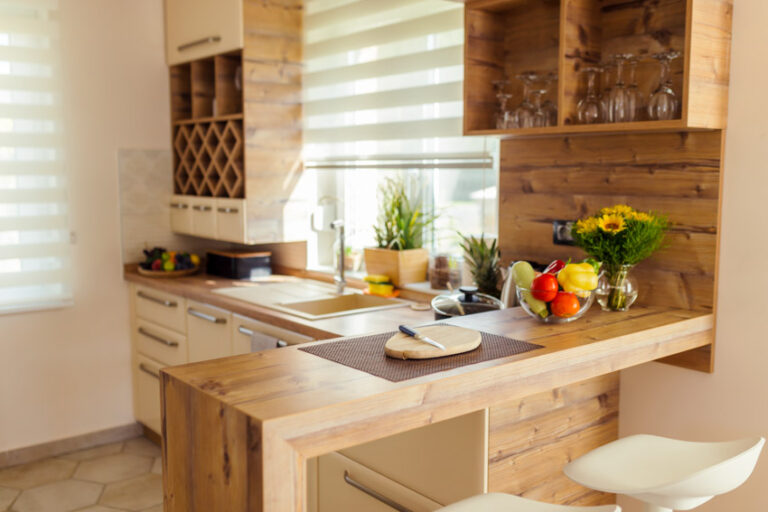
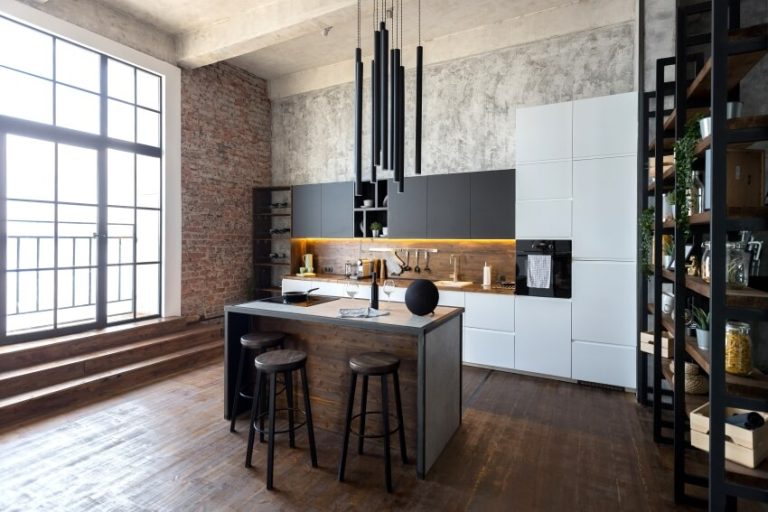
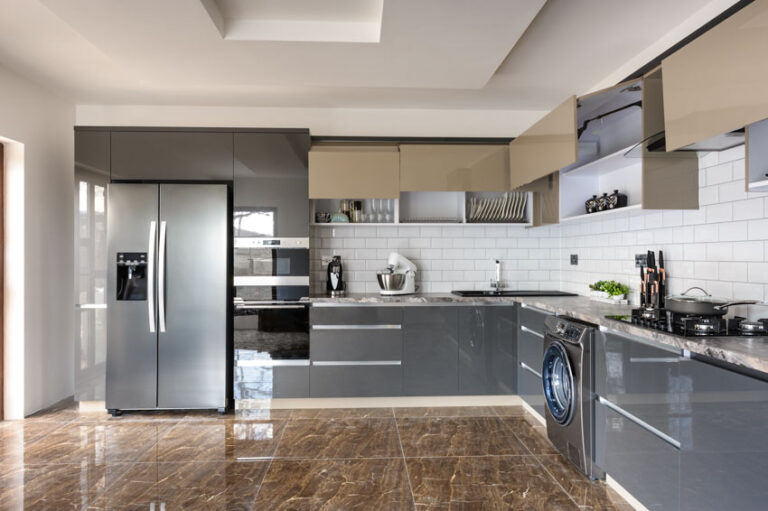
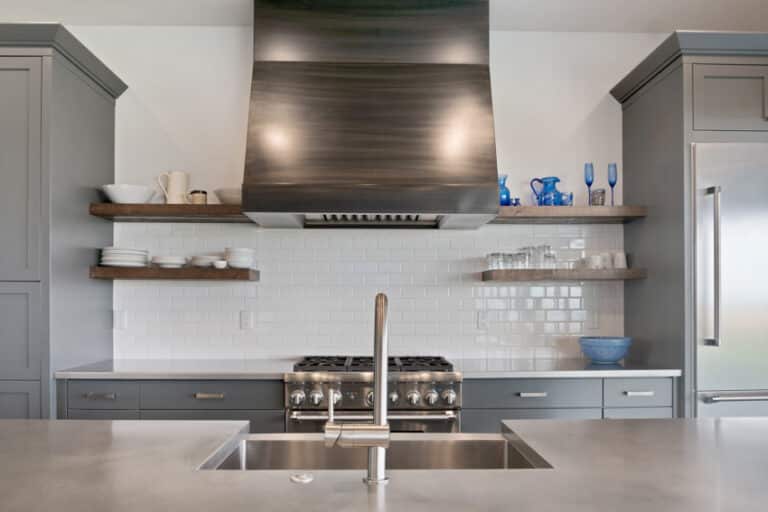
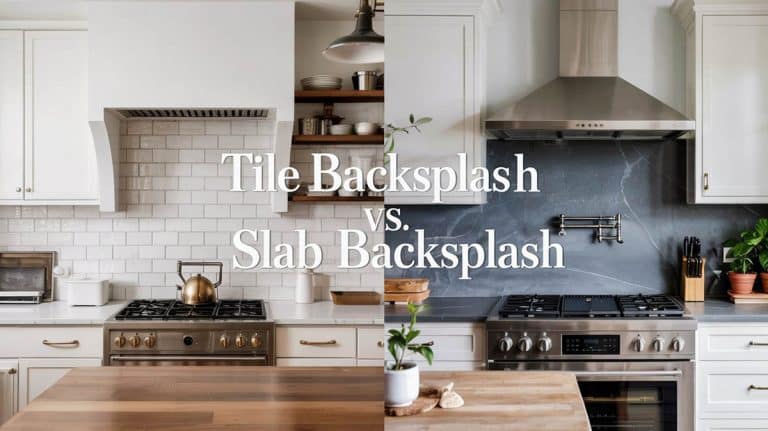
Thank you for explaining why quartz countertops are much easier to maintain than other alternatives. With how often we cook at home now, we’ve been subjecting our kitchen to several stains and spills that sometimes cause discoloration. If quartz countertops can help me prevent that, then I’ll look for any contractors that can get me some.